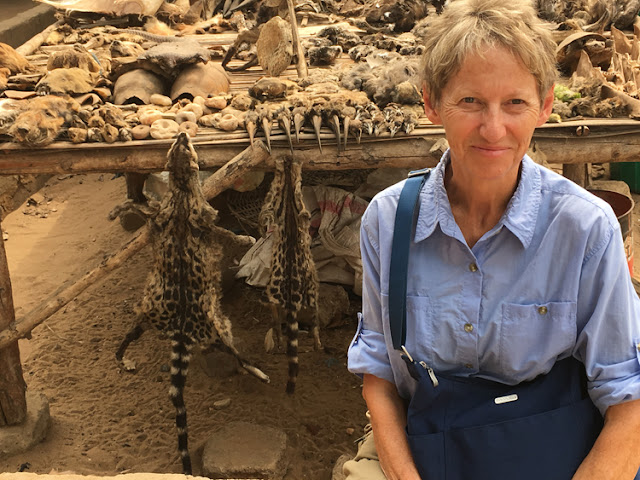Approaching Natal, we could see the dunes towering over the small coastal villages under a heavy water-laden sky. It's the rainy season in northeastern Brazil and there's a downpour almost every night.
So it was back to the dune buggies, this time with only 2 passengers in each 4x4:
And the dunes were impressive as advertised:
Q: How do you get beach buggies across a long narrow lagoon to get to the dunes and beaches on the long narrow barrier island on the other side? A: At the Genipabu Dunes and Beach, like this:
Have to admit, we had never experienced anything like that before.
In Brazil, you can see almost anything on the beach:
But the beach was very nice, if a little wind-blown:
The ride was as thrilling as yesterday. Once again, I had trouble holding on to the camera and holding myself inside the 4x4 at the same time (need a GoPro head cam), but once again you can hear Joani screaming:
Joani tried to compliment the drivers by telling them they drove like Schumacher, but this they vehemently denied, strongly preferring comparison with the many Brazilian F1 world champions. Then they posed for a picture with her anyway. Our driver was Edson on Joani's left.
Finally, Brazilians do everything with style and flair, as shown by this Brasileira zip-lining from the top of a big dune into the lagoa below:
Next is a catamaran excursion out of Recife, and then we're at sea for five days, crossing the Atlantic to the west coast of Africa.
















































